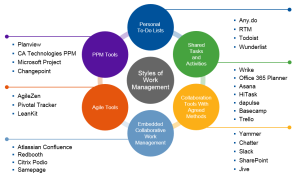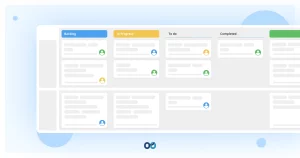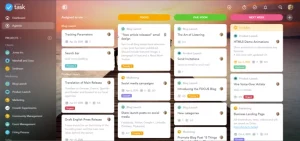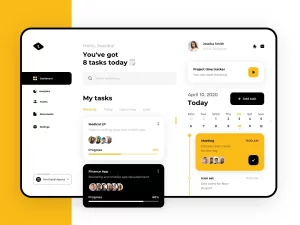
This article is designed for individuals who are new to project management software and are looking for guidance on how to get started. It is suitable for both individuals and teams who want to adopt a project management tool to organize their tasks and projects more effectively. This article aims to help readers understand the initial steps, best practices, and potential pitfalls when implementing project management software.
Introduction: Starting Your Project Management Software Journey
When it comes to embarking on a new project management software journey, it’s like starting a project within a project. Each software has its unique features and workflows, and navigating through them can be a learning curve. However, with proper planning and a clear strategy, you can make the transition smoother. In this guide, we’ll walk you through the essential steps to take when getting started with any project management software, along with valuable tips to avoid common pitfalls.
Deciding How You Want to Use Project Management Software
Before you dive into setting up your project management software, it’s crucial to outline how you intend to use it. Your strategy will influence how you organize your tasks, collaborate with team members, and track project progress. Start by answering these fundamental questions:
1. Who Will You Be Working With? Planning for Collaboration
Project management often involves collaboration, so defining who will be using the software is paramount. Identify team members, stakeholders, and anyone else who needs access. Depending on the software and subscription tier, you can allocate different levels of access and permissions. This strategic step helps you tailor the software to match your team’s needs precisely.
For instance, platforms like Notion offer varying levels of access, from personal to team accounts. Team accounts provide collaborative workspaces that enable seamless sharing and cooperation across your organization.

2. What Kinds of Project Boards Are You Going to Use?
Project boards come in various shapes and sizes. They’re not just for outlining projects; they can serve as dynamic tools for different purposes. Consider the types of project boards you’ll need:
- Project Request Boards: These boards enable task delegation and seeking assistance from coworkers, making platforms like ClickUp an excellent choice.
- Workflow Boards: Outline end-to-end workflows to gain quick insights into project stages.
- Open Assignment Boards: These boards allow team members to assign themselves to available tasks.

Image by:https://teamhood.com/
Deciding How to Organize Project Management Software
Once you’ve identified your collaborators and the types of project boards you’ll use, the next step is organizing your workspace. How you structure your project management software depends on your preferences and team size. Consider options such as organizing by clients, projects, departments, or teams. Finding the right balance between granularity and simplicity is key.
1. Simplified Organization: Best Practices for Efficient Task Management
When it comes to organizing tasks within your project management software, simplicity is your friend. Avoid overcomplicating task, project, board, and folder names. Your goal is to enable easy navigation and quick access to information. Think of your system as a digital file cabinet—each click should lead you to what you need.

2. Adding Tasks to Project Management Software: Mapping Out Your Projects
Now that your organizational structure is in place, it’s time to start mapping out your tasks. Begin by listing ongoing projects and breaking them down into actionable items. You can use paper or word processing software to create your initial task list. Focus on active projects rather than including outdated or placeholder information. Naming your project boards appropriately and grouping related tasks will provide clarity and a snapshot of each project’s status.

For instance, if you’re developing a new product website, create a project board named “Product Website” and list tasks such as domain name selection, hosting setup, wireframe design, and more.
What to Avoid When Setting Up Project Management Software
As you embark on setting up your new project management software, be mindful of some common pitfalls:
- Doing Everything at Once: Start small with your current projects to avoid overwhelming yourself and cluttering your workspace.
- Utilizing Every Feature: Paid accounts may come with numerous features, but using them all isn’t necessary. Avoid “feature fatigue” by researching and selecting the ones most relevant to your needs.
- Overcomplicating Projects: While nested subtasks might seem appealing, they can make task tracking cumbersome. Opt for simplicity to enhance efficiency.
Embark on Your Software Journey: A Smooth Start with Best Practices
In conclusion, getting started with project management software can be less daunting when you plan ahead and begin with a manageable approach. Instead of overwhelming your workspace with outdated projects, add items gradually and maintain consistent naming conventions. By following these best practices, you’ll set yourself up for a successful journey with your chosen project management software, enhancing your team’s productivity and collaboration.










